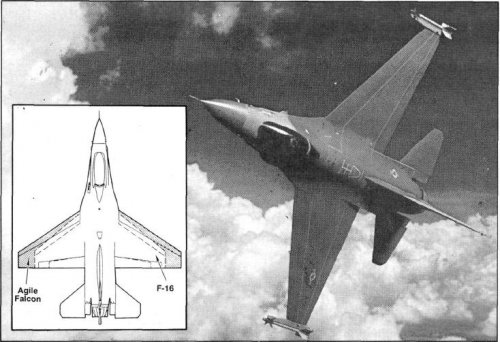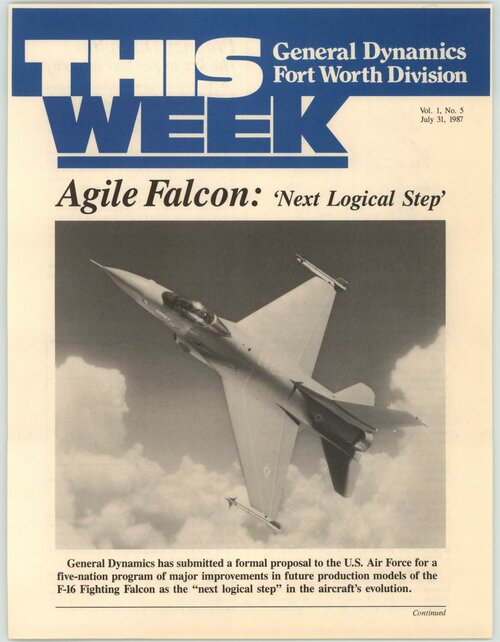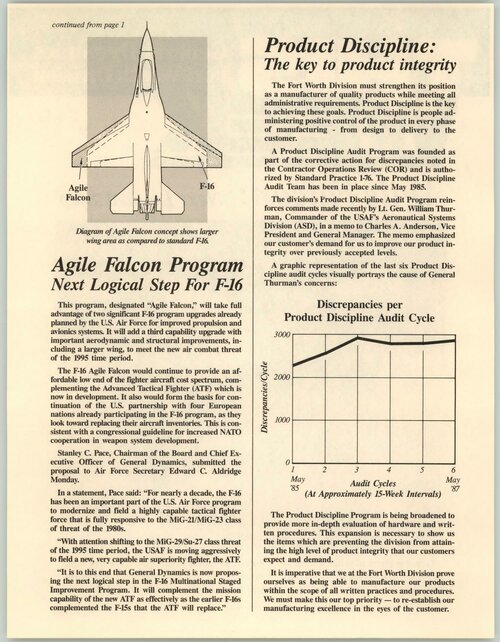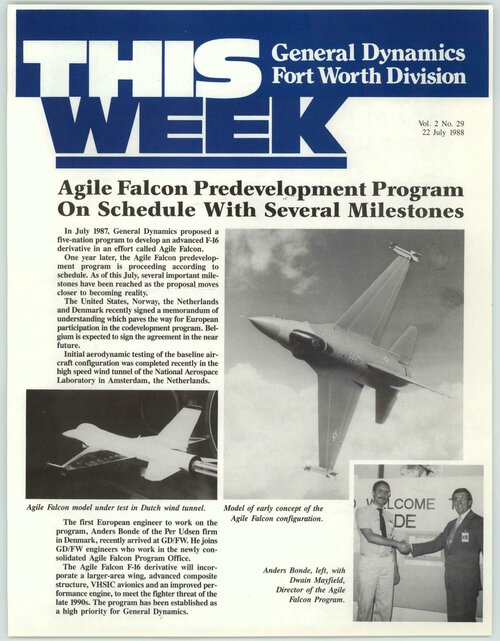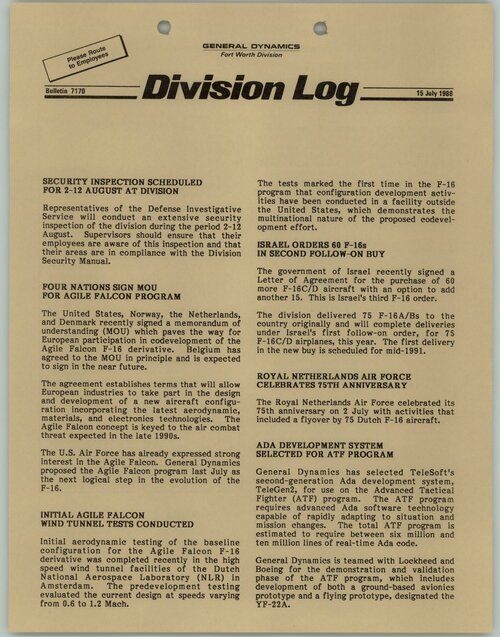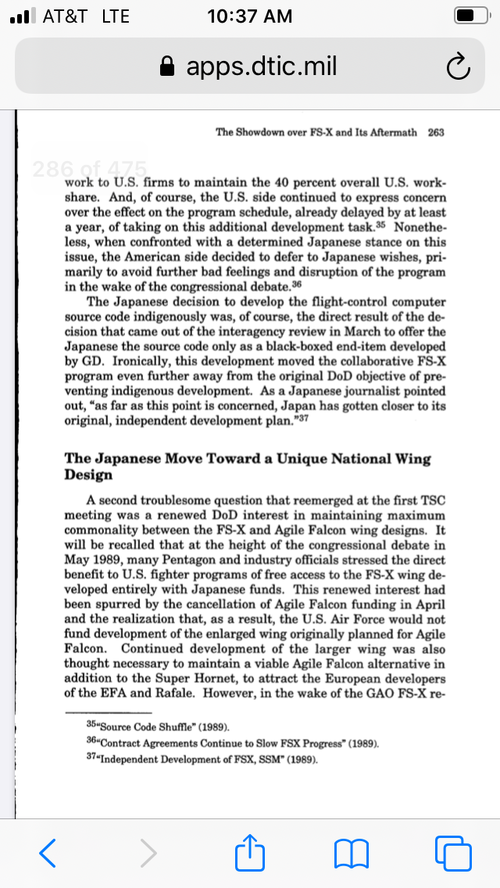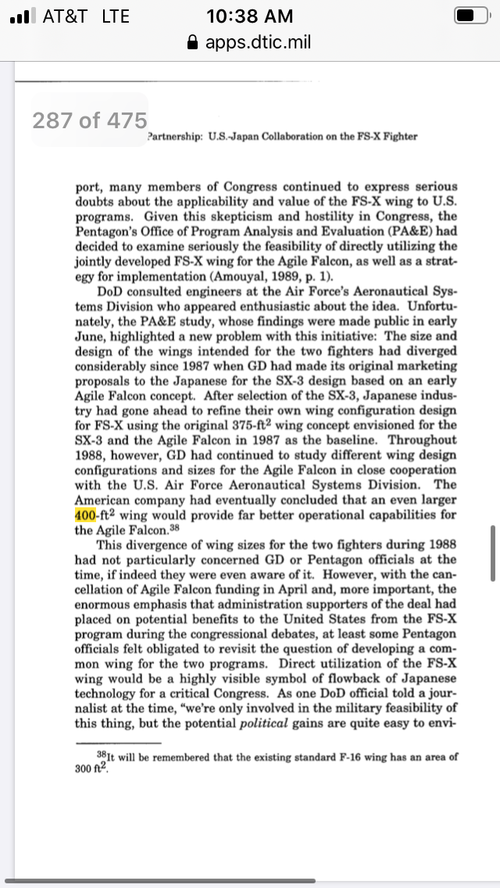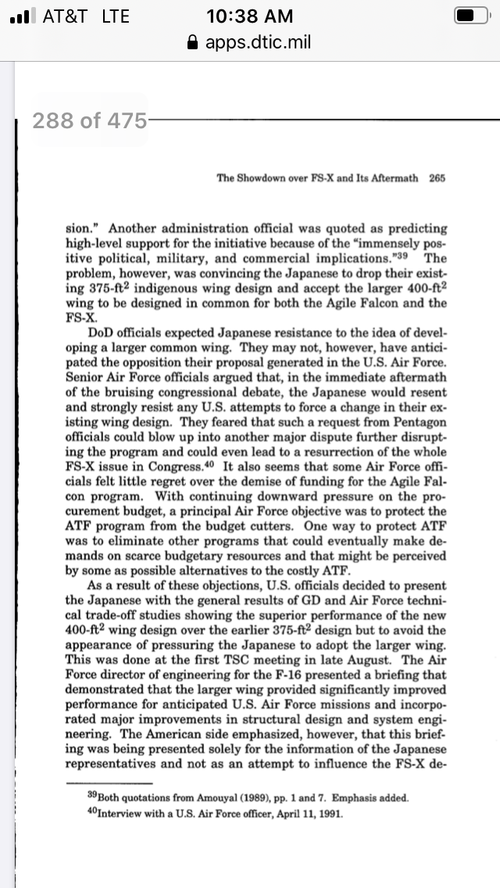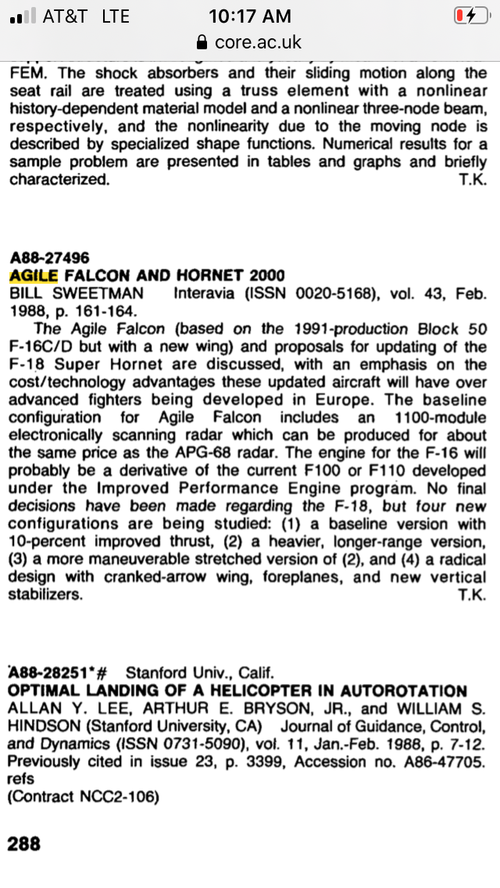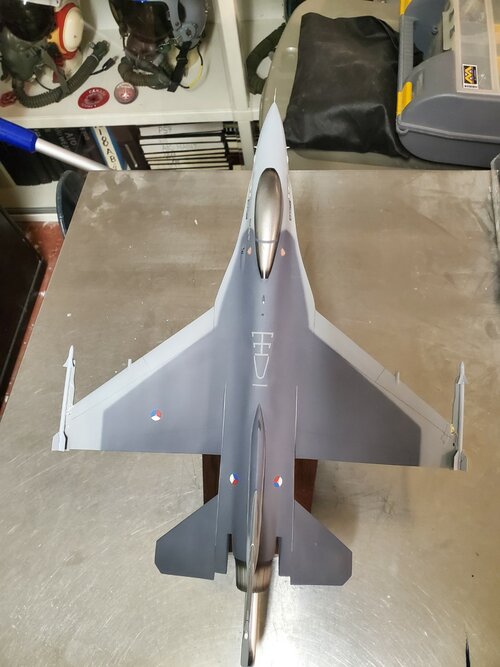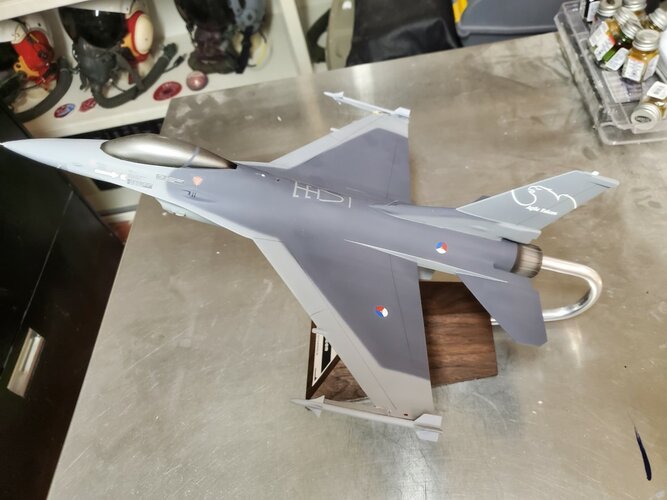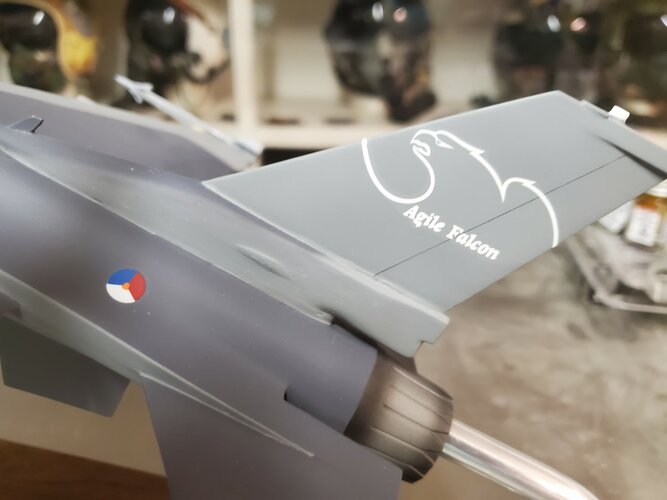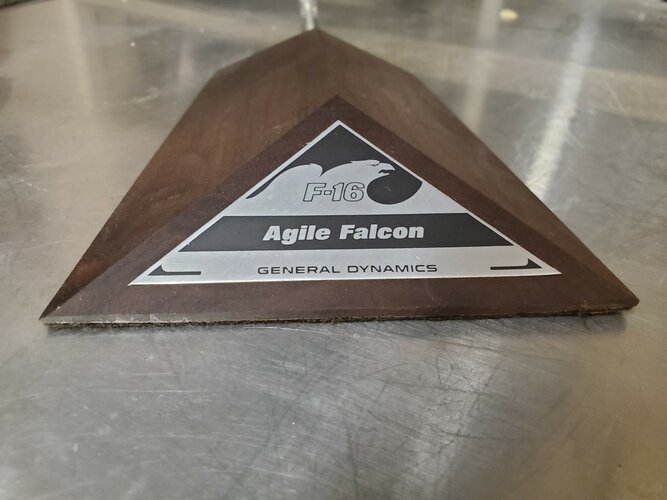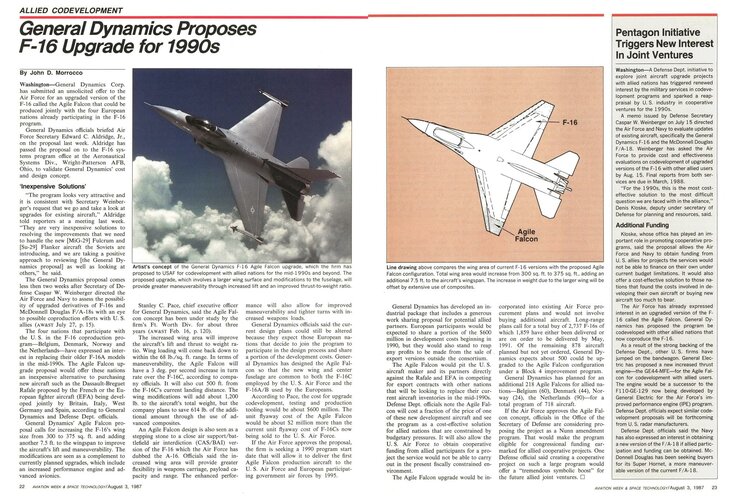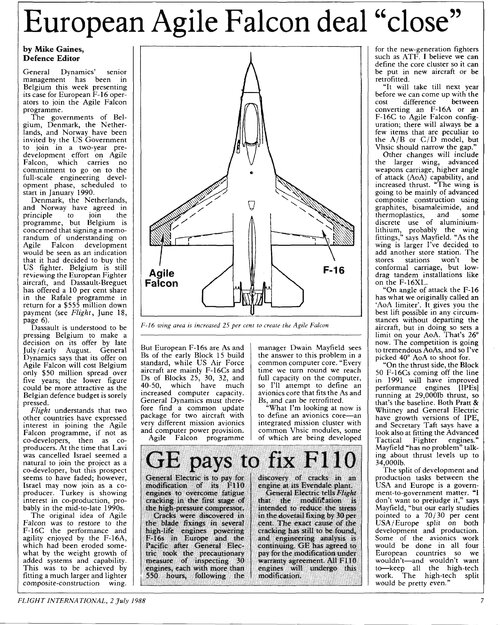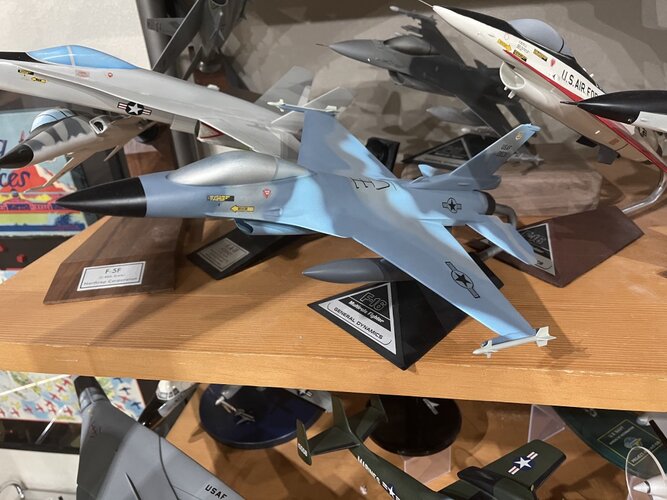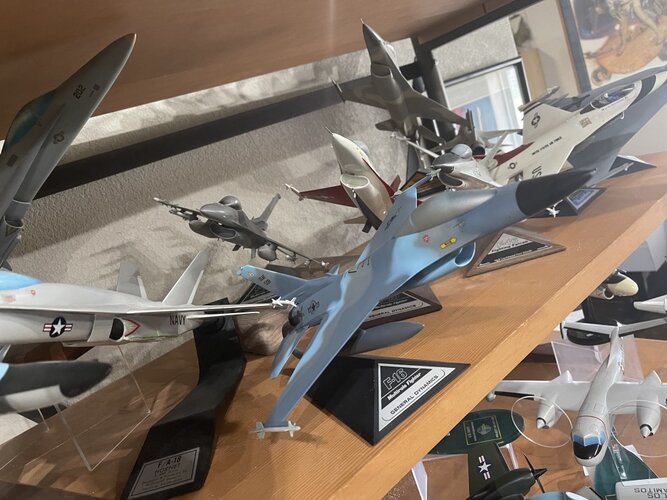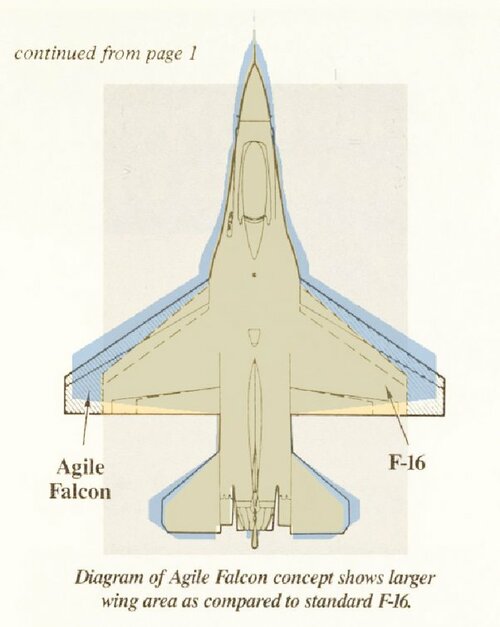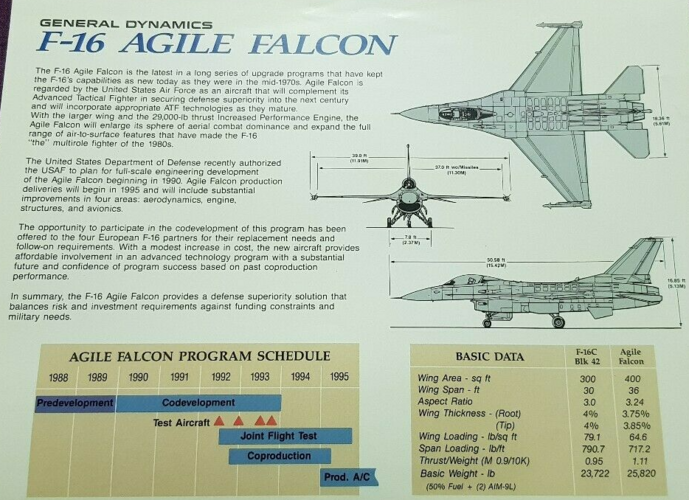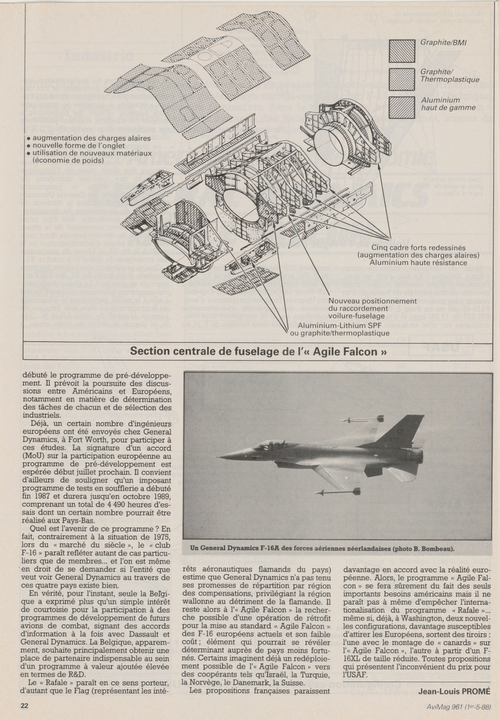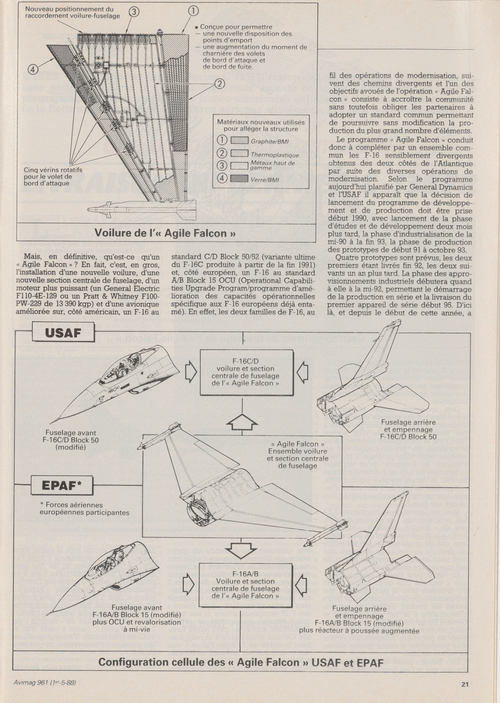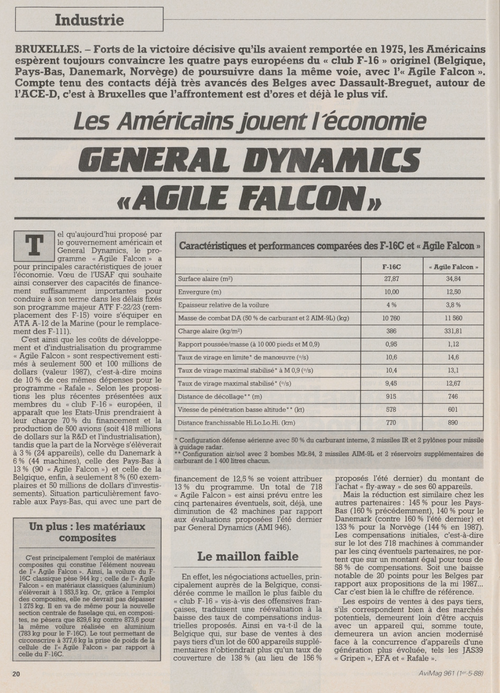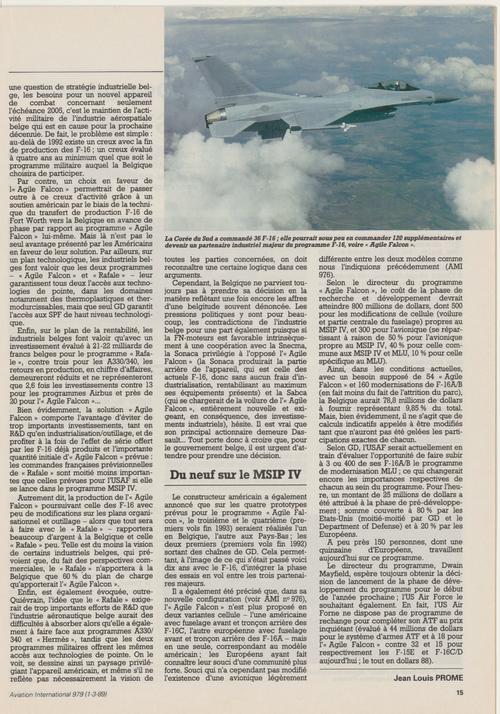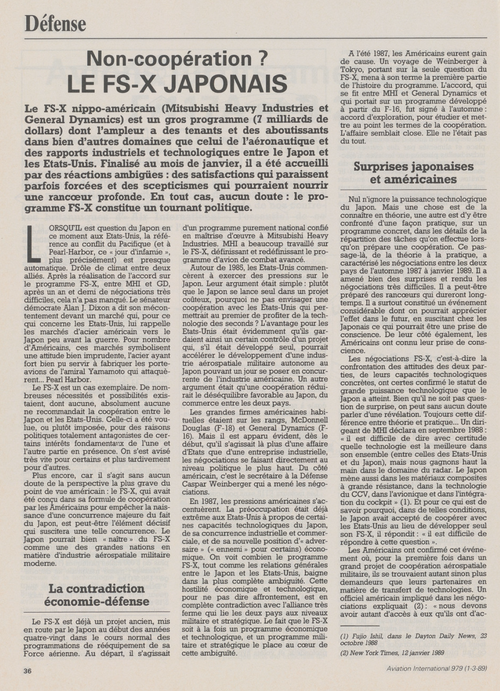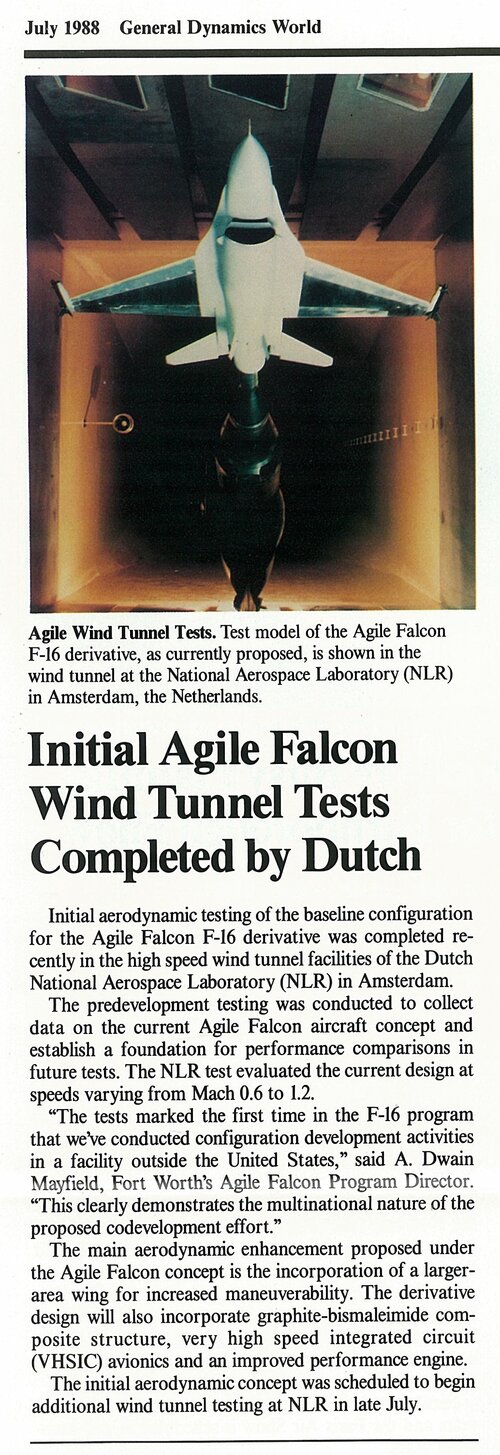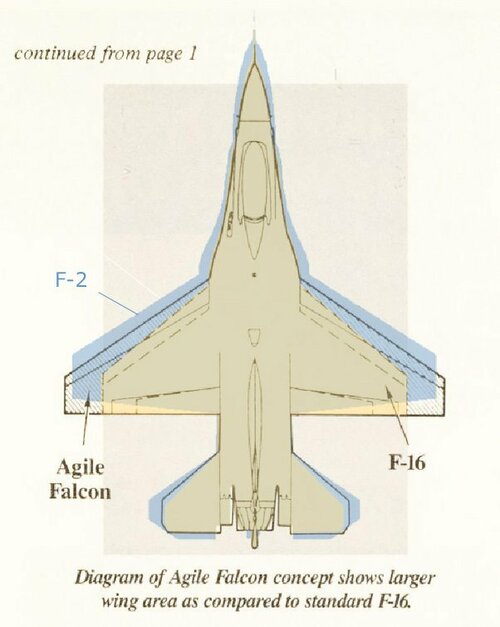GD did not explain in the proposal the basis for the calculation of the wing area for SX-3.
Since Mitsubishi has not received that document, Mitsubishi does not know the basis for the wing area.
Mitsubishi requested GD to provide the data on the basis for the calculation of SX-3. However, GD's response was, "We searched within the company, but no such documents existed.
They then added, "We have searched within the company, but there were no such documents.
It is likely that it is still in Hillaker's brain and has not come out.
The area-of-existence graph is plotted with the thrust-to-weight ratio on the vertical axis and the wing loading on the horizontal axis.
For the JDA's performance requirements, GD and Mitsubishi calculated the wing area separately, and the results of the calculations were the same, which is coincidental in the sense that it was unintentional, but also an engineering necessity.
However, the wing recession angle and aspect ratio are different because of the different conditions considered.
The chief designer of the F-2 stated.
In the end, FSX referred to the license data and GD's proposal, but did not use the data as is.
We set the specifications and shape according to our ideas and our philosophy, and the design was approved by the Japanese Defense Agency.
View: https://i.imgur.com/TghxmkR.jpg
